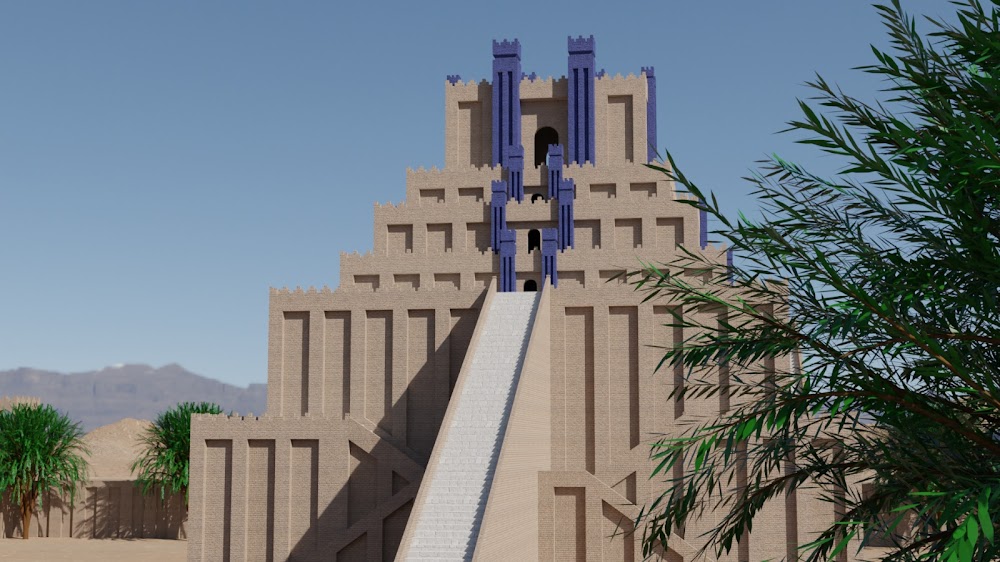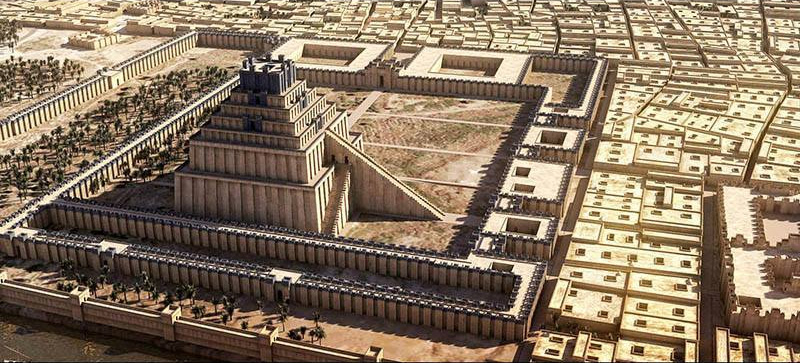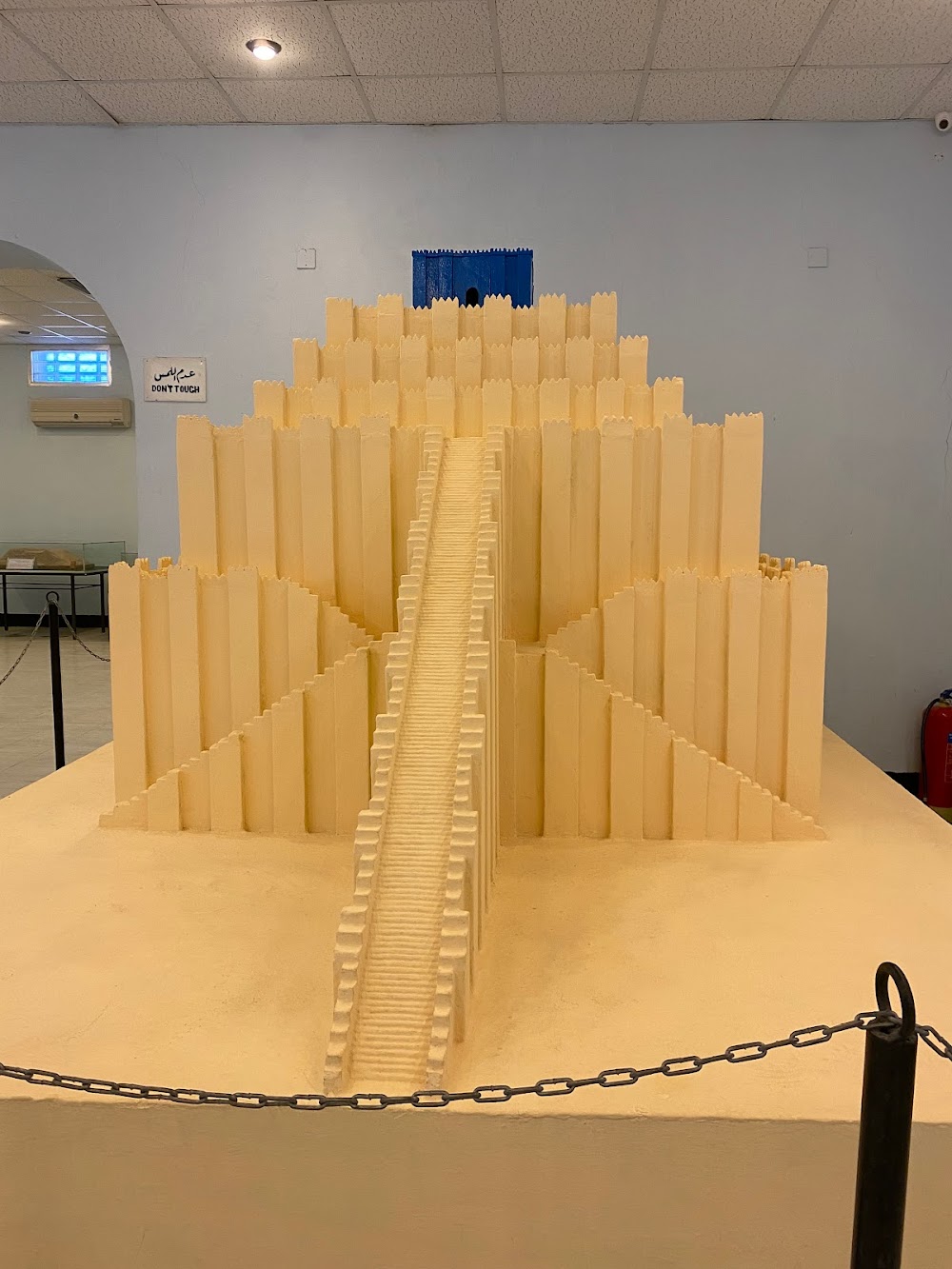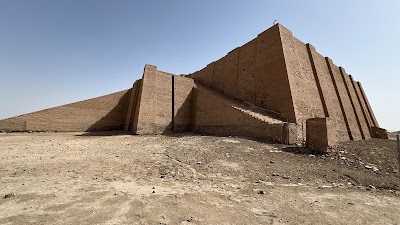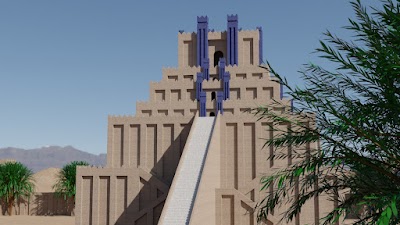Tower of Babel (برج بابل)
Overview
In the heart of ancient Babylon, now modern-day Iraq, once stood a magnificent structure known as the **Ziggurat of Babel**, more popularly recognized as the **Tower of Babel**. This impressive ziggurat was a key component of the city’s architectural marvels, designed to soar to great heights, as if it were striving to touch the heavens themselves.
Constructed during the reign of **King Nebuchadnezzar II**, who ruled from 605 to 562 BCE, the Tower of Babel was a reflection of his ambitious vision. Nebuchadnezzar was a remarkable king, renowned for his grand building projects, including the legendary **Hanging Gardens of Babylon**, one of the Seven Wonders of the Ancient World. Motivated by a desire to honor the gods and elevate his kingdom, Nebuchadnezzar initiated the construction of this towering marvel.
Building the tower required a vast workforce, comprising thousands of architects, laborers, and craftsmen who dedicated their efforts to this monumental project. The primary materials used in its construction were **sun-dried clay bricks**, abundant in the region. To enhance the structure's stability, **bitumen**, a natural tar-like substance, served as mortar, binding the bricks together.
The ziggurat was designed as a series of **stepped terraces**, each smaller than the one below, creating a striking pyramid shape. Historical accounts and archaeological evidence suggest that the base of the tower measured an impressive **91 meters (300 feet)** on each side, with the total height believed to be the same. This engineering feat was truly remarkable for its time.
Accessing each level of the ziggurat was made possible through a network of **ramps and staircases**, allowing priests and worshipers to ascend to the summit. At the very top, a shrine dedicated to the chief deity of Babylon, **Marduk**, awaited. This temple served as a sacred place for offerings and prayers, where the faithful sought Marduk’s favor and blessings.
The construction of the Tower of Babel was not only a physical endeavor but also held profound symbolic significance. It represented the unity and collective ambition of the Babylonian people. Yet, this harmony faced challenges. According to the biblical narrative in the **Book of Genesis**, humanity built the tower to make a name for themselves and avoid being scattered across the earth. In divine response, God confused their language, leading to confusion and the eventual dispersal of the people.
While the biblical account offers a mythical explanation for the tower's demise, historical and archaeological evidence points to natural disasters such as **earthquakes**, along with the relentless passage of time, contributing to its decline. Over the centuries, the ziggurat deteriorated, and its bricks were often repurposed for new construction by subsequent civilizations.
Today, the remnants of the Tower of Babel stand as a testament to the ingenuity and ambition of the ancient Babylonians. Archaeological explorations have revealed valuable insights into the construction methods, materials used, and the cultural significance of the tower within their society.
The story of the Tower of Babel continues to inspire and captivate people worldwide, symbolizing humanity's innate desire to reach for the stars, along with the challenges that accompany such grand aspirations. Although the tower may no longer stand, its legacy endures, woven into the rich tapestry of human civilization and history.


